Answered step by step
Verified Expert Solution
Question
1 Approved Answer
Can I get the solution for these Engineering physics problems? specifically the subject is Classical Mechanics. Textbook (needed): Classical Dynamics of Particles and Systems 5th
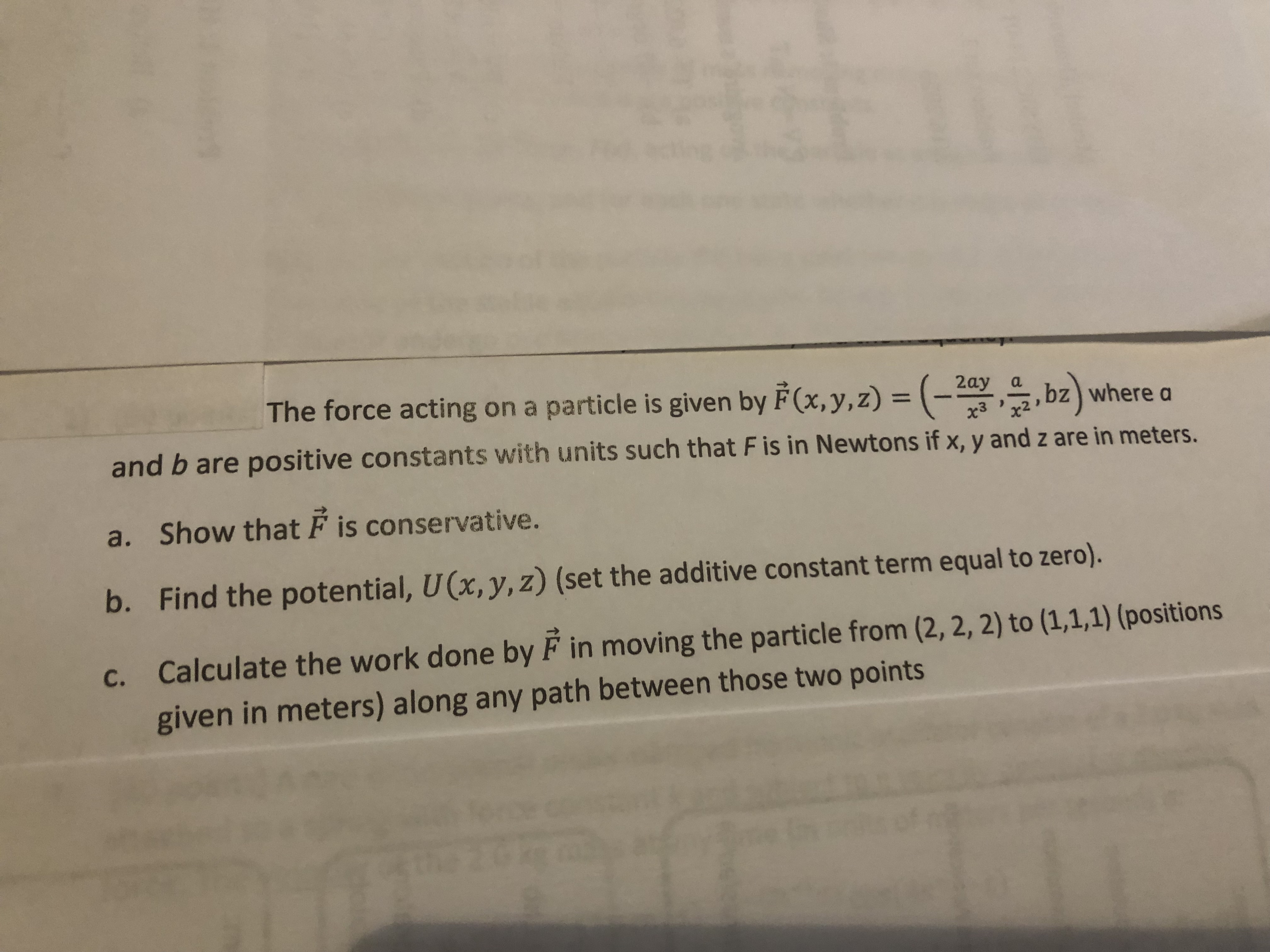
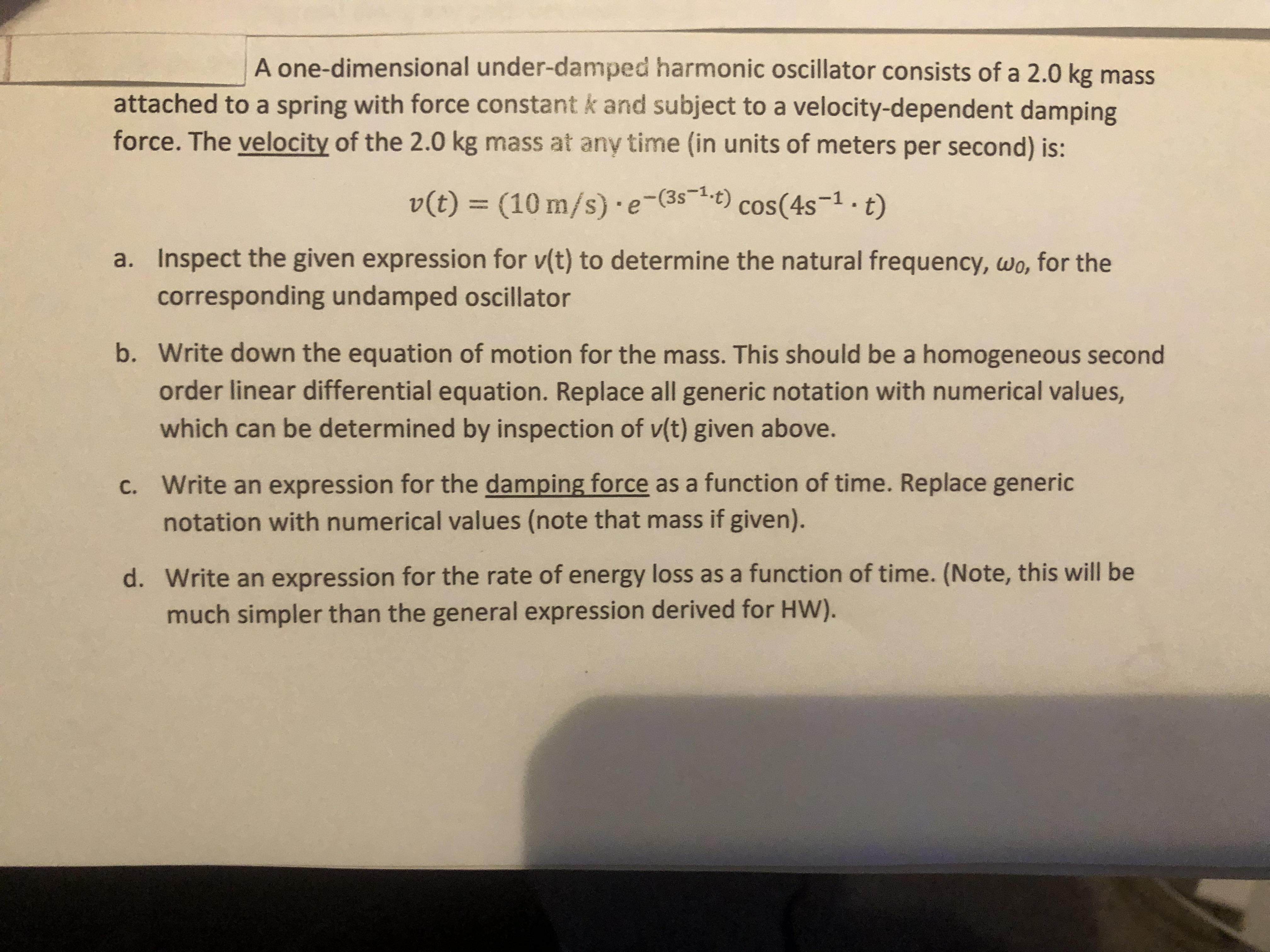
Can I get the solution for these Engineering physics problems? specifically the subject is Classical Mechanics.
Textbook (needed): Classical Dynamics of Particles and Systems 5th Ed., by S.T. Thornton and J.B. Marion, Cengage Learning 2012.
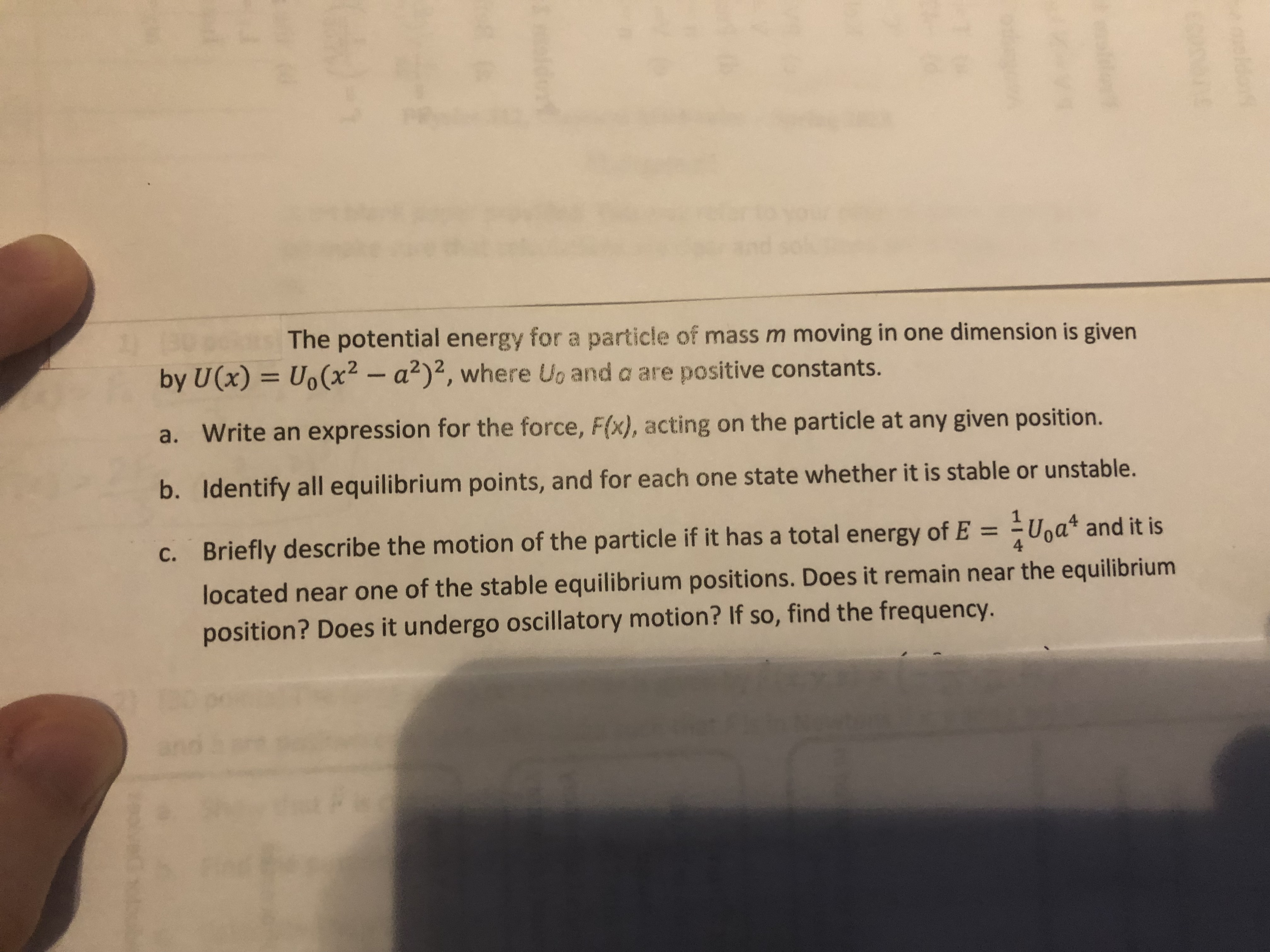
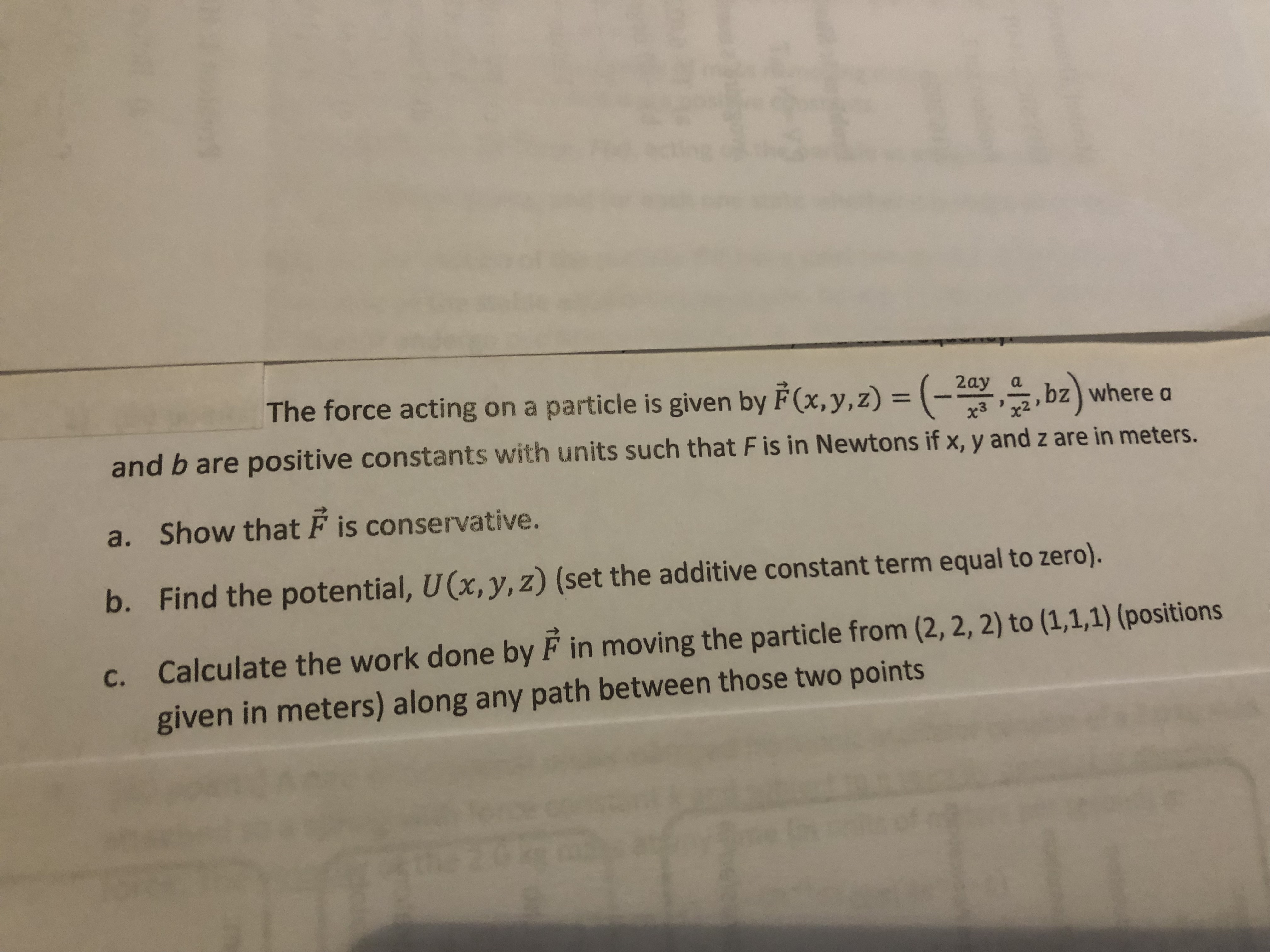
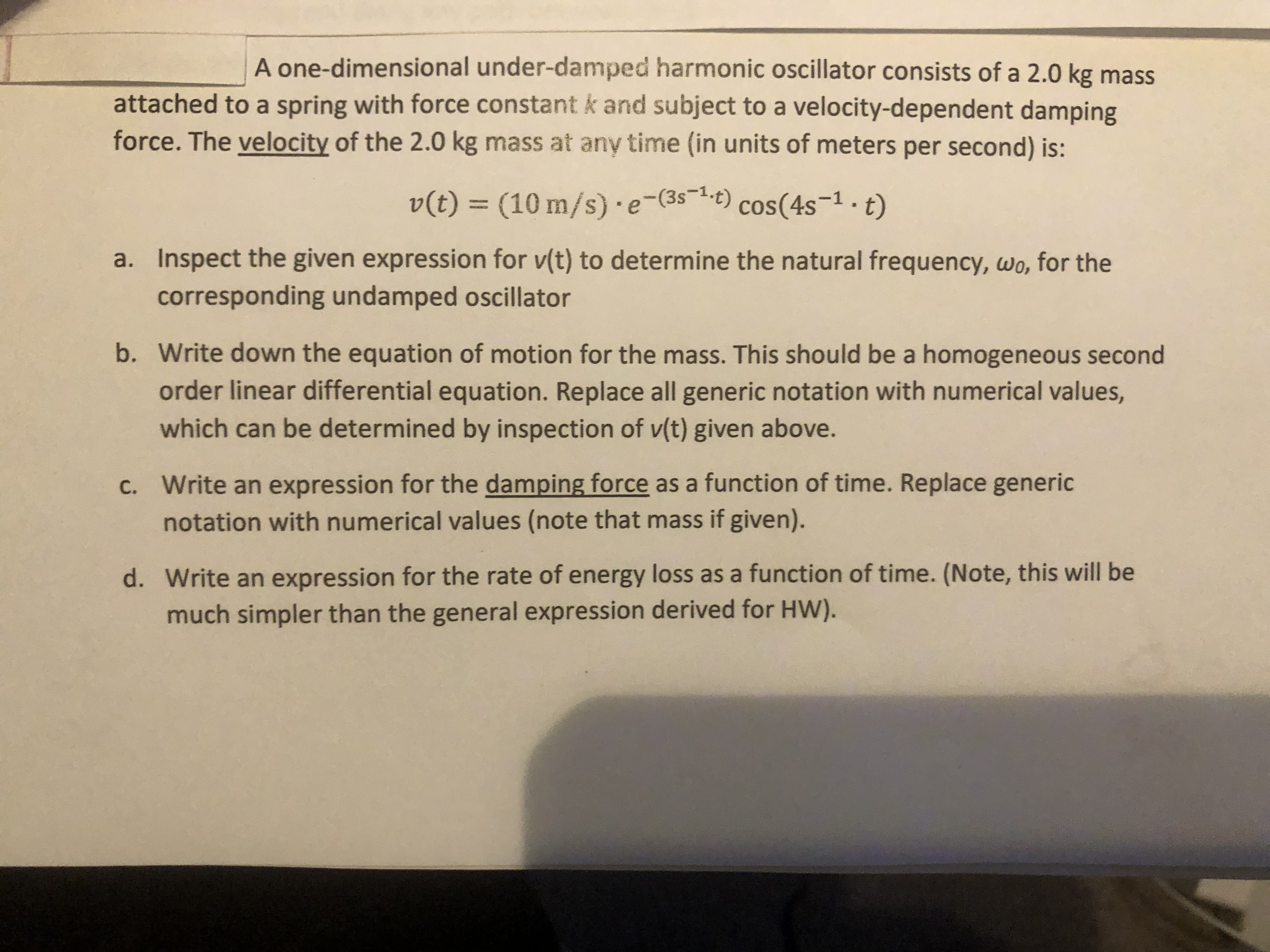
Step by Step Solution
There are 3 Steps involved in it
Step: 1

Get Instant Access to Expert-Tailored Solutions
See step-by-step solutions with expert insights and AI powered tools for academic success
Step: 2

Step: 3

Ace Your Homework with AI
Get the answers you need in no time with our AI-driven, step-by-step assistance
Get Started


